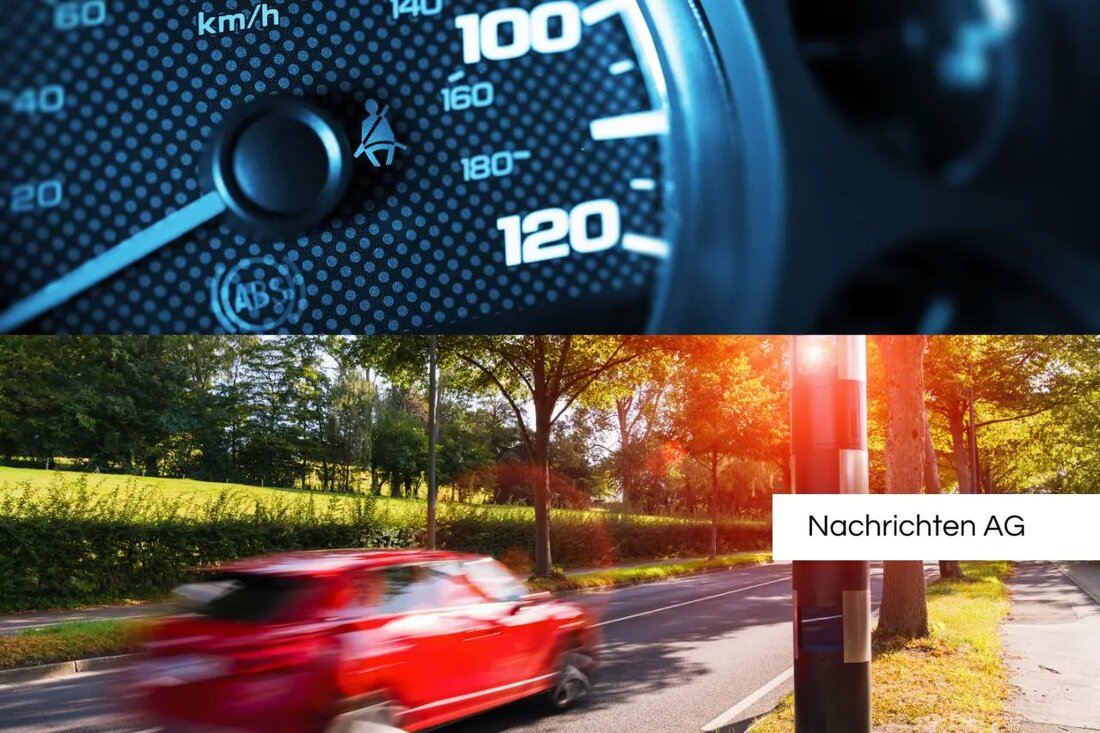Speed camera on A 61: Inaccuracies discovered in speed measurements!
Speed camera on A 61: Inaccuracies discovered in speed measurements!
On April 30, 2025, a speed measurement was carried out on the A 61 motorway, in the direction of Koblenz, at kilometer 34.0, shortly before the Waldaufaubersheim departure. At this point there is a permissible maximum speed of 120 km/h. The route runs through slightly hilly terrain, flanked by vineyards and agricultural areas, which reinforces the impression of a relaxed journey. But precisely here, after a longer descent and in front of a light curve that limits the view, a speed camera is hidden.
according to overlooking many drivers in this situation Speed limitation, especially after viscous traffic or after you have passed construction sites. The measuring point uses the Devices Poliscan Speed M1 HP from Vitronic and ESSESOR ES 8.0 from ESO for speed measurement. In the past, these devices have produced their own challenges and questions regarding the correct measurement.
Treatment measurement
The Poliscan Speed M1 HP is used for mobile speed measurement and is known for capturing several vehicles at the same time. However, this technology can lead to overlays, especially if vehicles drive up tightly. According to bussgeld-info.de , the device measures the speed using a laser and can be used both in the car and on a tripod on the roadside. The car is able to delete invalid measurements itself and usually achieve a high level of accuracy. Nevertheless, various factors such as unevenness, changing lighting conditions and side winds can influence the results.
In contrast, the ES 8.0 sides of the EI works by measuring the time a vehicle needs to drive through a certain route. However, this technology can be susceptible to inaccuracies, especially for larger vehicle types such as vans and SUVs. Any measurement error could significantly influence the legal consequences for the drivers concerned.
Legal questions and possibilities for those affected
dr. Maik Bunzel, a specialist lawyer for traffic law, deals especially with the contestation of faulty traffic surveillance. He emphasizes that compliance with maintenance and calibration requirements is crucial to ensure the legal usability of the measurements. Incomplete protocols or delayed calibration can be a reason for the contestability of fines. In the event of a fine, those affected should always obtain legal advice in order to evaluate the possibility of an objection.
according to ADAC have affected drivers in the measurement data. Authorities are obliged to issue the existing data on request. This also applies to the raw measurement data of the devices, but the question often arises whether the measurements are fair and checkable. It is important to note that there is no obligation to use only devices that save data, which can limit the verifiability in some cases.
Finally, Dr. Bunzel that the traffic rights protection insurance usually covers the costs of legal representation and expert opinion, which can be essential support for many affected road users.
| Details | |
|---|---|
| Quellen | |


Kommentare (0)